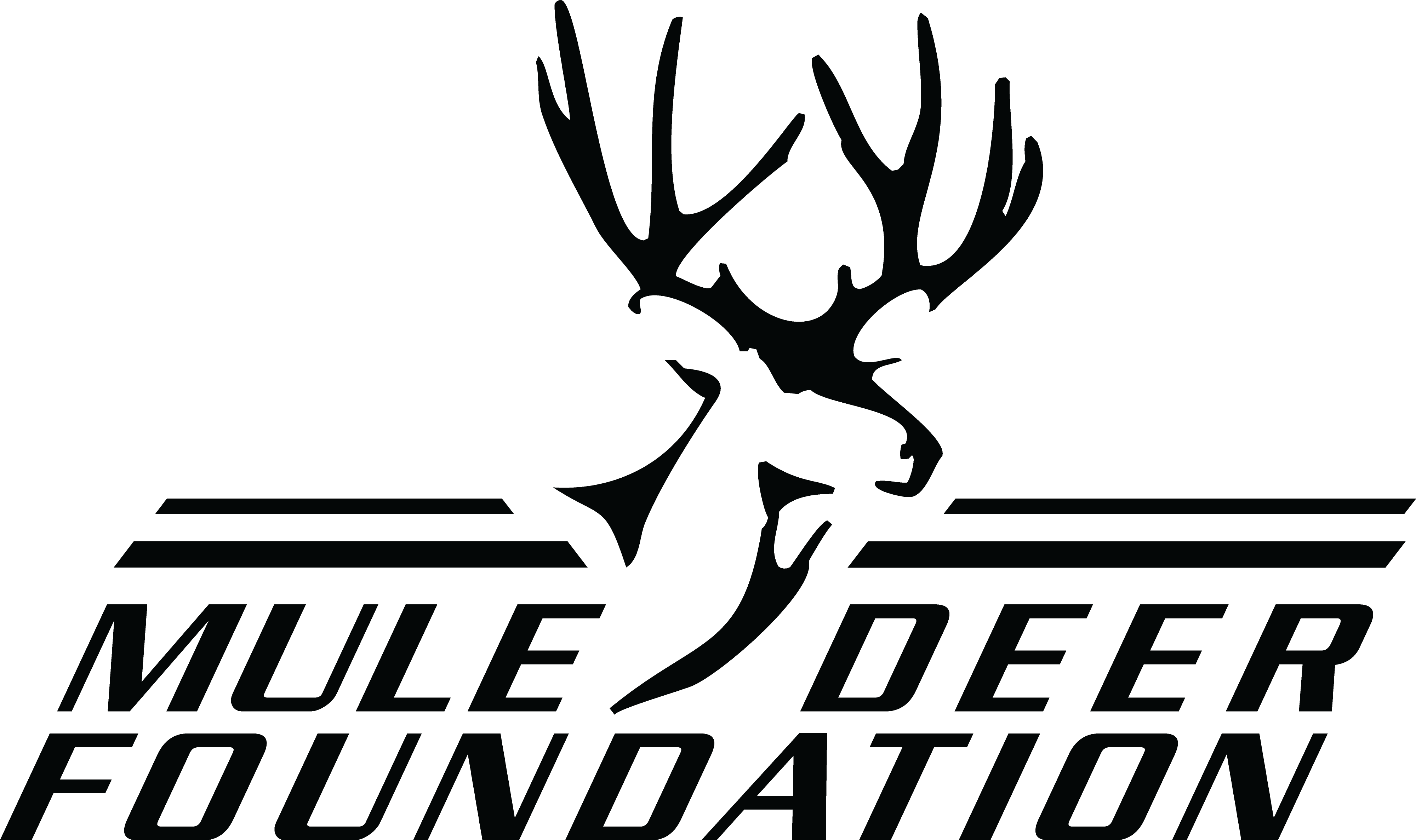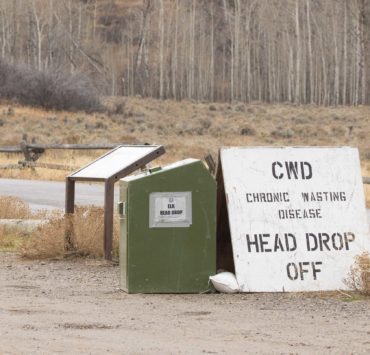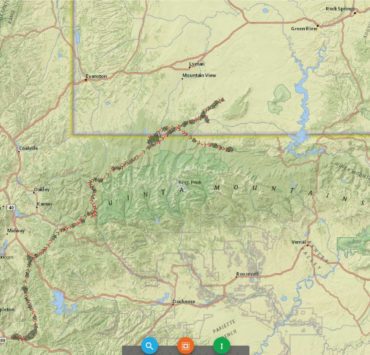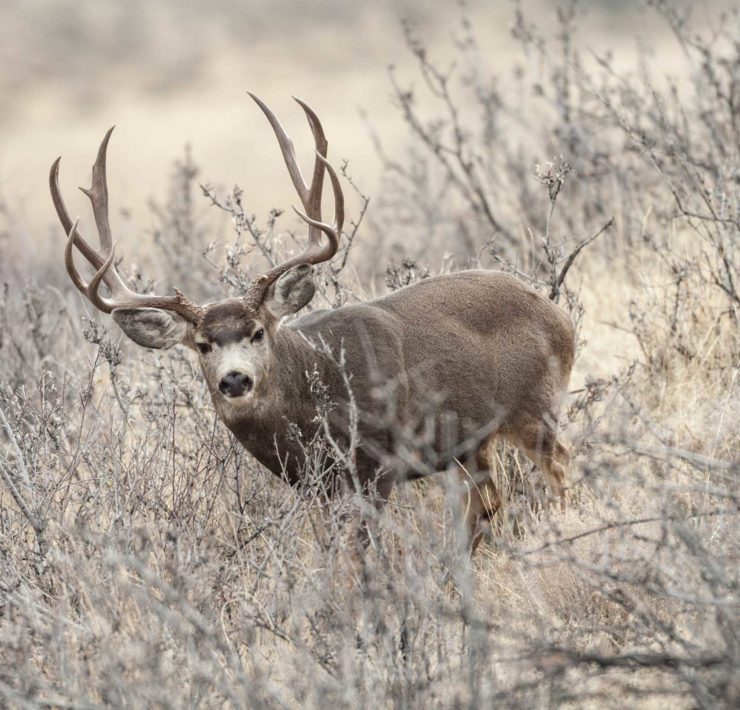Tag Auctions Raise $2.5 Million for Arizona Conservation
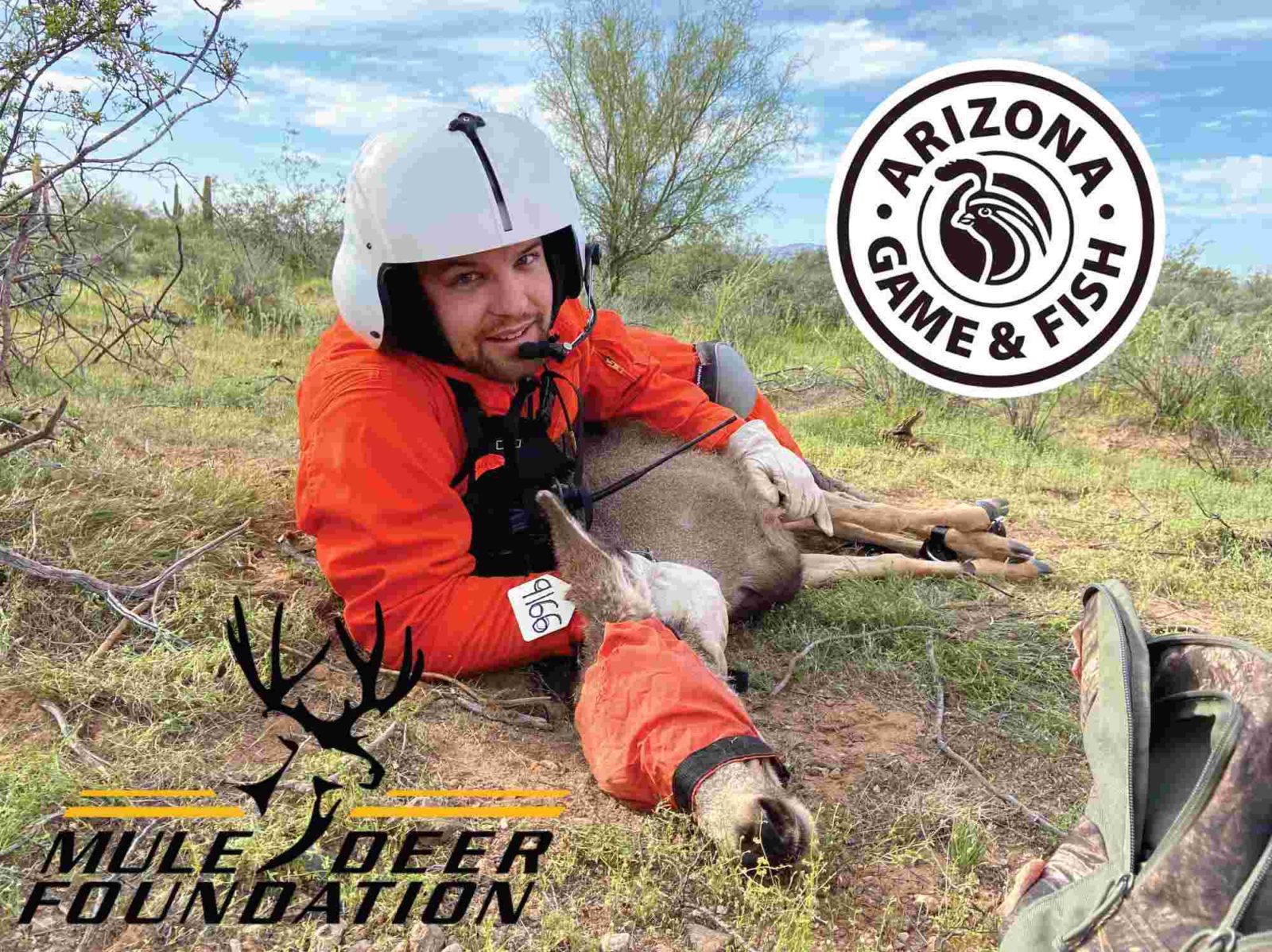
Putting Auction Tag Funding to Work on the Ground in Arizona
The Mule Deer Foundation, in partnership with the Arizona Game and Fish Department’s Habitat Partnership Committee (HPC), helped to allocate over $2.5 million toward habitat improvements that benefit wildlife across Arizona. These funds are generated by the auctioning or raffling of special big game license tags by wildlife conservation organizations including the Mule Deer Foundation. MDF auctioned the Mule Deer Special Big Game License Tag at the Western Hunting and Conservation Expo for $260,000. We also partnered with the Arizona Elk Society and were able to auction the Elk Special Big Game License Tag for $225,000. All of the money raised by MDF is returned to the state of Arizona and combined with the other funds generated by deer special tags. This year, a total of $950,000 was designated to improve mule deer habitat in Arizona. All funding within the HPC is then leveraged with at least one-to-one match from outside funding sources, this year supporting over $5 million worth of habitat projects on the landscape for the benefit of all species.
“We are already getting to work in the Arizona GMU 18A project evaluating acres, grinding junipers, and determining specific future treatment options. We hope the work we conduct through this collaboration will bring back the habitat quality in order to rebuild a mule deer population that will once again grow monster bucks.”
MDF/AZGFD Cooperative Mule Deer Biologist, Jake Jaeger
Projects in previous years have addressed a variety of limiting factors including juniper mastication, grassland restoration, water catchment construction and restoration, and dirt tank maintenance all across the state. This year, a number of high quality projects focused on multiple limiting factors, including water, forage, cover, and movement barriers in one proposal. These projects have the ability to effect an entire Game Management Unit (GMU) and the wildlife populations that live within them. These projects also maximize the acres that can be treated throughout one GMU by leveraging state, federal, and private dollars.
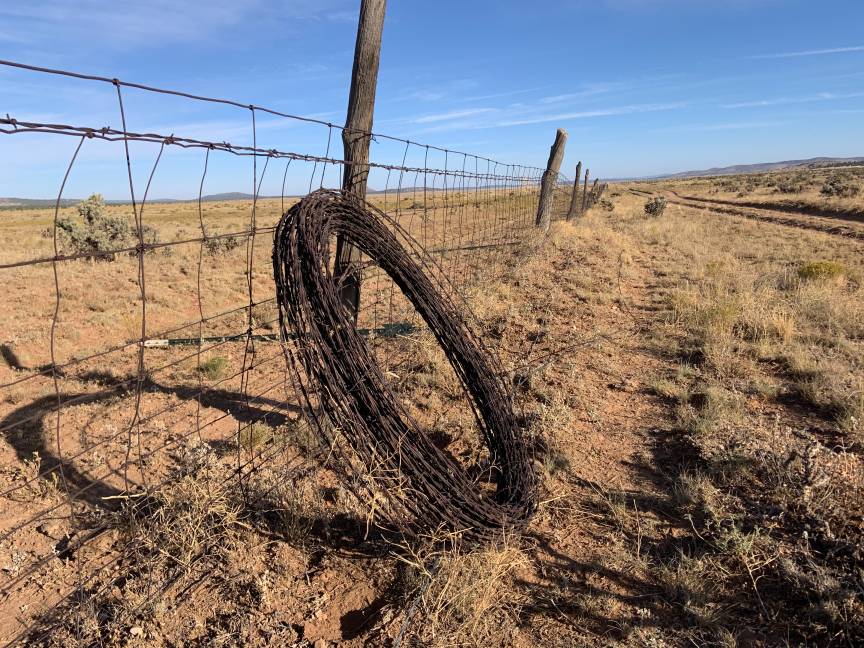
This year, one of the projects MDF partnered on through the HPC is in GMU 18A which is located between Seligman and Kingman along I-40. Historically, the Arizona Game and Fish Department issued 2,000 rifle buck permits within 18A. Currently, only 350 permits are now issued due to the dramatic decrease in the mule deer population within the unit. This project will restore mule deer habitat and work to connect two completed landscape level restoration projects between Prescott and Flagstaff – the Central Arizona Grassland Conservation Strategy and the Northern Arizona Grassland Initiative that were partnerships with the Arizona Game and Fish Department (AZGFD) and the Natural Resources Conservation Service (NRCS) through Regional Conservation Partnership Program (RCPP) funding.
“There are several fabled mule deer hunting areas in the state of Arizona where there are large deer and healthy herds – unit 18A used to be one of them,” notes MDF President/CEO Miles Moretti. “Working together with the AZGFD, NRCS, and our partners in the Habitat Partnership Committee, we will work to restore this unit and hopefully bring back the deer populations in this area.”
The 18A project will treat approximately 50,000 acres over five years and result in habitat improvements on over 250,000 acres that will benefit mule deer in Arizona. This project will focus primarily on juniper mastication, which is the grinding of trees using heavy machinery to chip and shred the wood into small pieces, which are then spread on the ground. The addition of wood chips to an arid desert floor increases water retention as well as protects seed germination from native plant species. It also increases the carbon nutrient levels available as the wood decomposes over time. With the natural fire regime restored to the landscape, these wood chips will also increase the nitrogen levels over time as well. The removal of these juniper will reduce their encroachment into neighboring grasslands and increase browse components for deer.
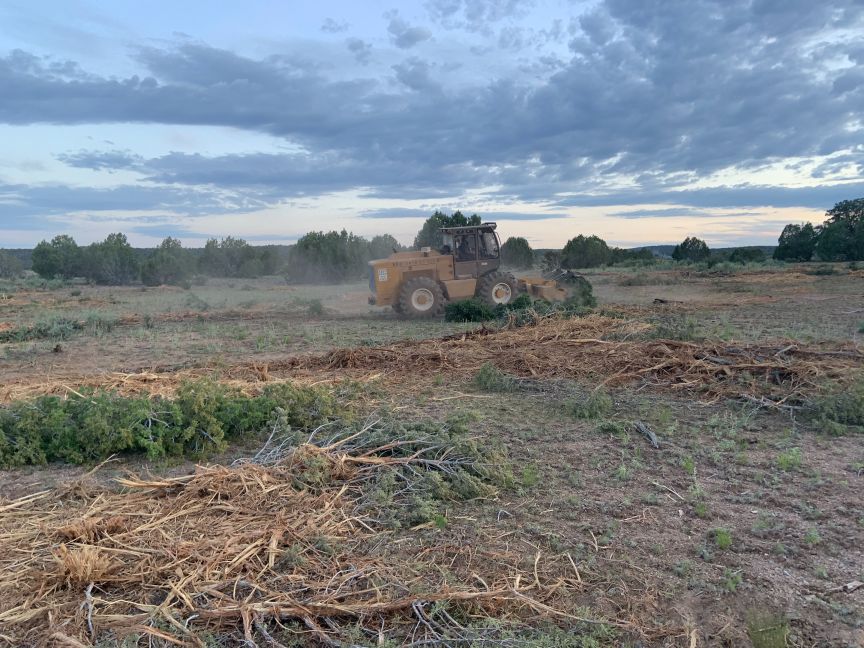
Another aspect of the 18A project is the removal of woven sheep fencing, which is a barrier to wildlife movement as well as an entanglement hazard for wildlife attempting to jump over the fencing. Roughly 20 miles of woven sheep fencing will be replaced with wildlife friendly barbed wire with a smooth bottom wire to help wildlife move throughout the area without risk of entanglement. The 18A project will also address the issue of water availability through the renovation of three different wildlife waters within the project footprint. The improvements will ensure reliable water availability that will benefit all wildlife on the landscape. With these limiting factors improved, we are hopeful that the mule deer population will rebound to once historic levels.


